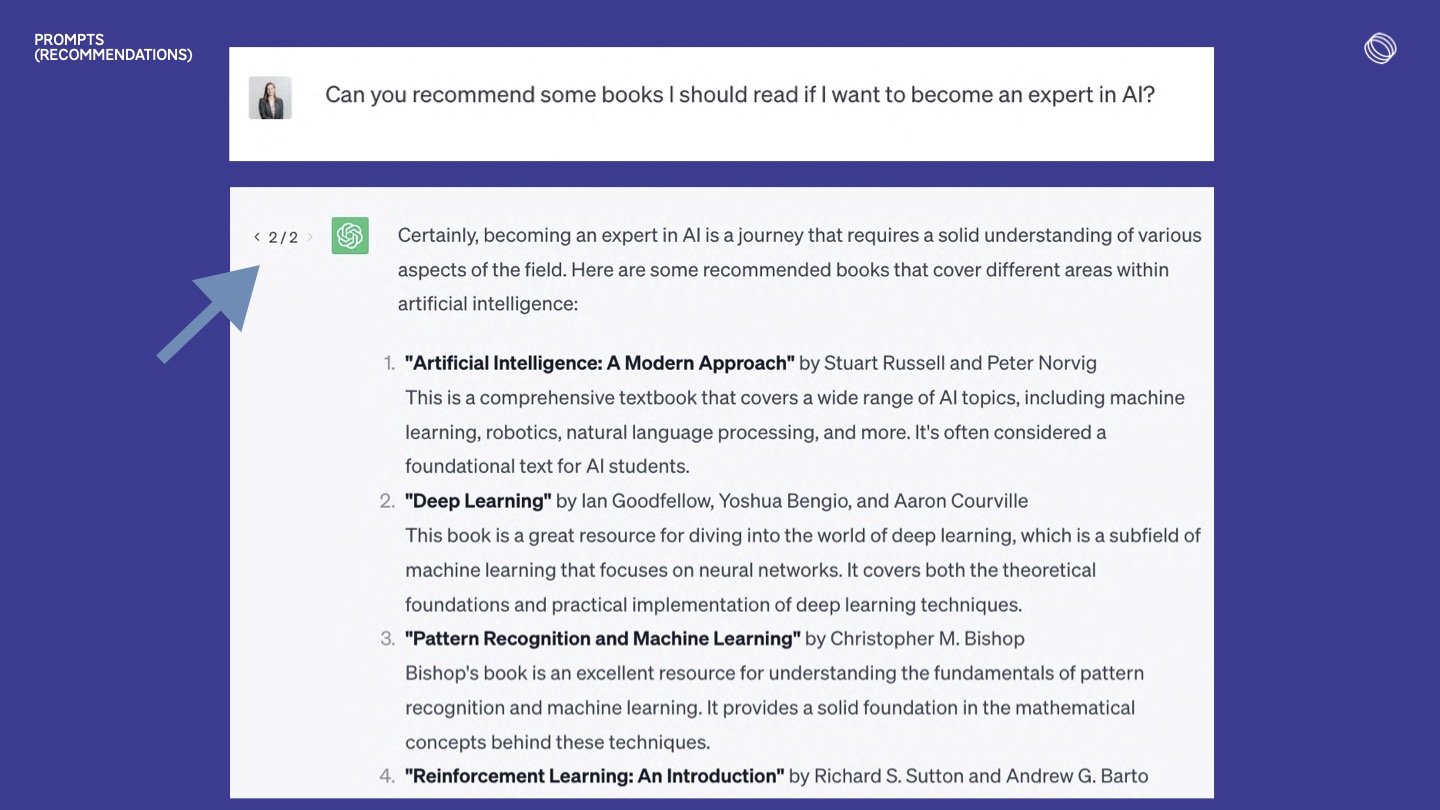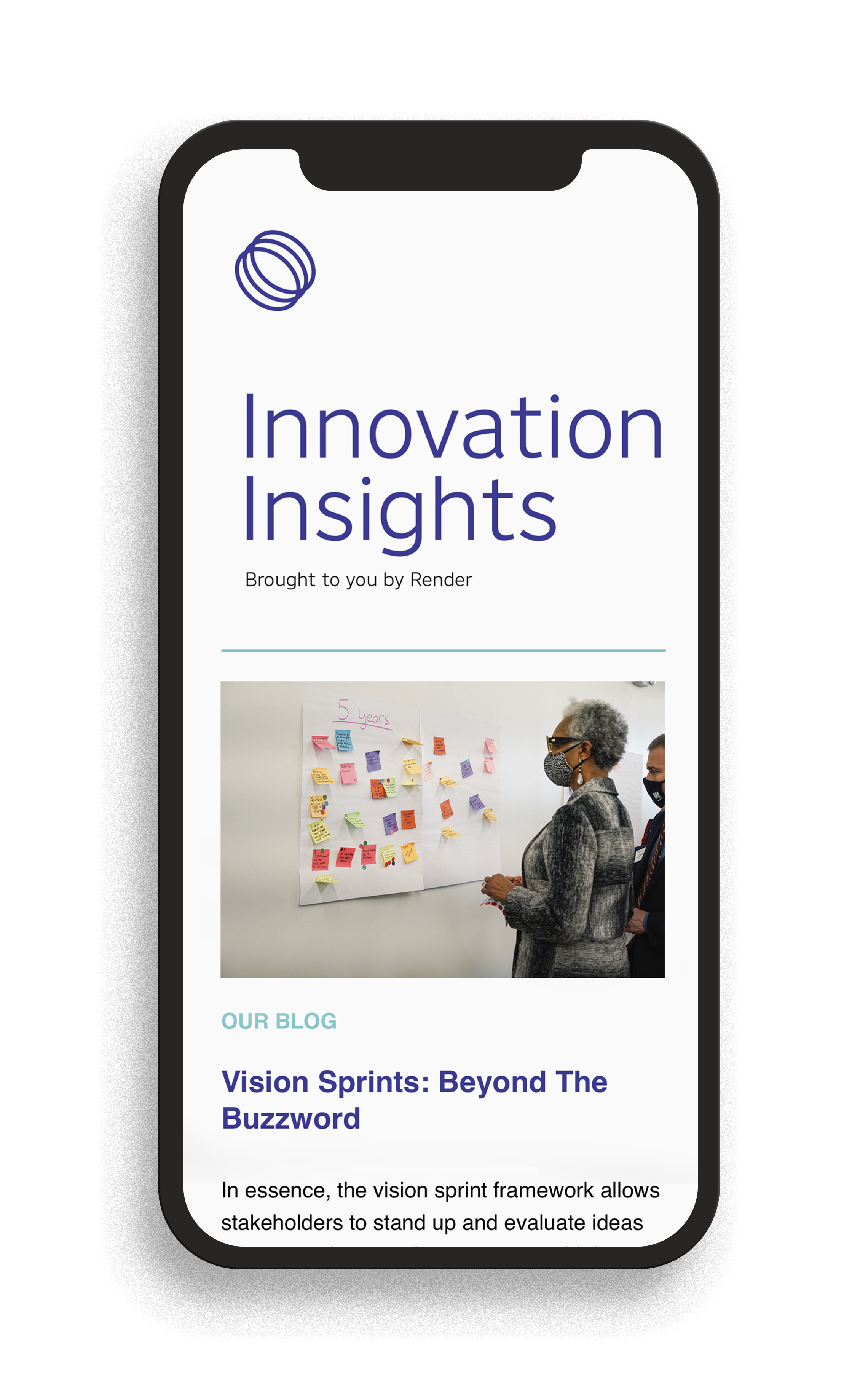In our ChatGPT 101 post, we discussed simple use cases that illustrated ChatGPT’s utility as a productivity tool to improve your day-to-day work. I recently had the opportunity to speak at Louisville’s TechFest about some prompt-writing basics, and we’ll dive into these examples shortly, but first: a quick aside about what ChatGPT is, and more importantly, what it isn’t.
ChatGPT is a Large Language Model (LLM), arguably the best one currently available to the general public, developed by a company called Open AI. ChatGPT is amazing because it reliably generates human-like text–an impressive technological achievement. The inner workings of the ChatGPT model are complex, but knowing some fundamentals are helpful in understanding ChatGPT’s strengths and limitations.

ChatGPT's main goal is to produce a "reasonable continuation" of text based patterns it has learned from vast amounts–billions of digitized web pages and books–of human-written content. To oversimplify a bit, it accomplishes this by ranking words and their probabilities of appearing next in a sequence to determine the next word to add to a text string, and instead of always choosing the next most probable word, it injects some randomness by occasionally selecting less probable words to create more interesting and creative text. The randomness (and the right amount of it) is key to ChatGPT’s ability to generate compelling text. It likely also contributes to ChatGPT’s tendency to create text that is factually incorrect.
Now that you know some basics about how LLMs work, it should come as no surprise that ChatGPT is horribly bad at math. For these and other reasons, it’s best to consider ChatGPT a tool for creating something you can massage into a final product after careful editing rather than a magic lamp that grants all your copywriting (and coding) wishes. The way to get the most promising starting material from ChatGPT is to craft a good prompt.
I presented the slides you can download here to a TechFest audience, and we began with some straightforward prompts that gradually increase in complexity (bonus: some of these prompts are presented by Render’s newest colleague, a puppy named Tank). Feel free to grab these, modify, and make them your own! We wanted to illustrate the wide applicability of this tool, so you’ll see prompts for language translation, situational role-playing, creative writing, and more.
ChatGPT is built to be intuitive–you don’t need any special training or knowledge to interact with the tool, but in general, the more context you can give ChatGPT, the better the output. One of the most intriguing prompts we’ve come across is one that allows you to guide ChatGPT as it writes a prompt for itself (this is slide #39 if you’re following along). We’d like to give someone credit for the original, but this has been so widely shared and modified that it’s hard to know where it originated. Give it a shot:
I want you to be my prompt engineer. Your goal is to help me craft the best possible prompt for my needs. The prompt will be used by you, ChatGPT. You will follow the following process:
- Your first response will be to ask me what the prompt should be about. I will provide my answer, but we will need to improve it through continued iterations by going through the next steps.
- Based on my input, you will generate 2 sections: a) revised prompt (provide your rewritten prompt. It should be clear, concise, and easily understood by you), b) questions (ask any relevant questions pertaining to what additional information is needed from me to improve the prompt).
- We will continue this iterative process with me providing additional information to you and you updating the prompt in the revised prompt section until I say we are done.
When you type this into the chat window, ChatGPT will ask you some variation of “what would you like the initial prompt to be about?” and you’re off to the races! By instructing chatGPT to create its own best use prompt, you’re turning limitations in to an opportunity to optimize your interaction with this tool
What prompt-writing approaches are you finding the most useful? How are you using ChatGPT in your business? We'd love to get in touch.






